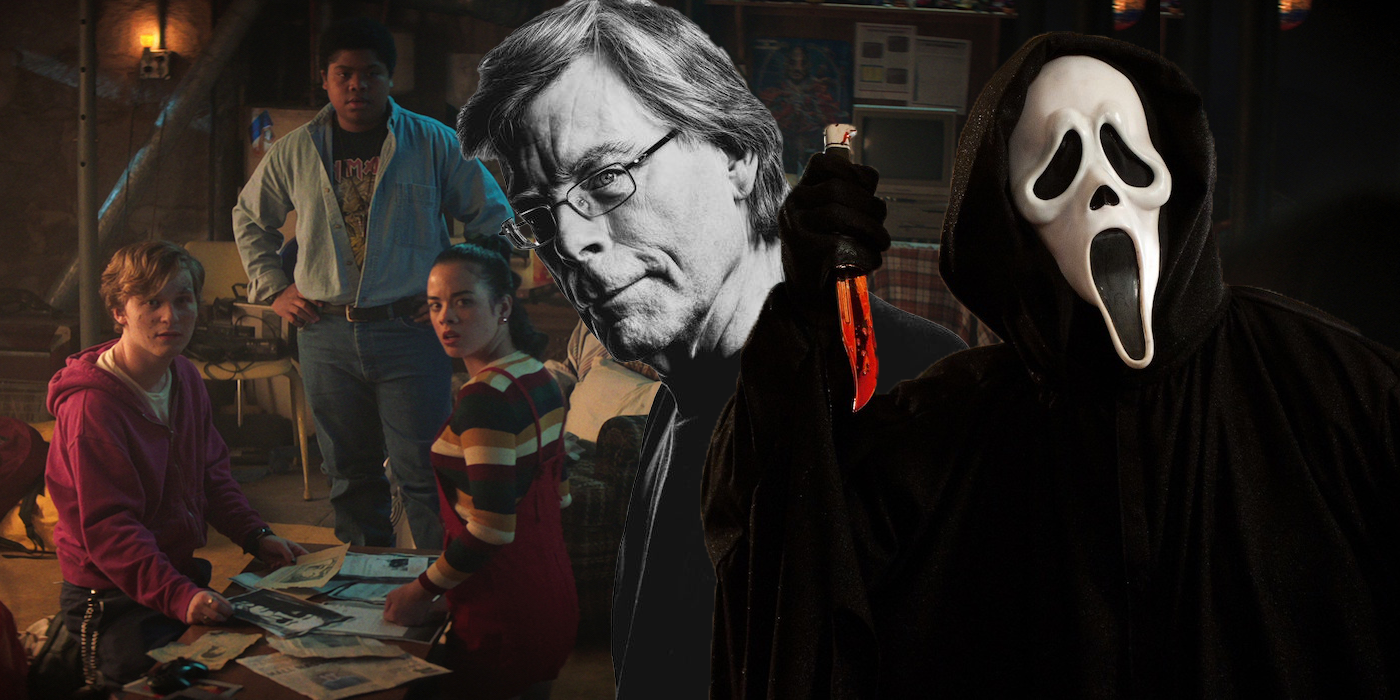
Warning: Contains SPOILERS for Fear Street Part 1: 1994.
Netflix's Fear Street Part 1: 1994 came packed with a whole range of movie references and other pop culture Easter eggs — here's a breakdown of each one. Co-written and directed by Leigh Janiak, the fledgling horror franchise was inspired by the popular novel series of the same name by R.L. Stine. Fear Street doesn't merely adapt one book, however. Instead, Janiak and Phil Graziadei (among others) crafted an entire Fear Street trilogy that captured the overall spirit of Stine's decades-spanning collection of overlapping stories.
That Fear Street trilogy was confirmed to have a weekly release schedule. The first installment, Fear Street Part 1: 1994, was officially released on July 2, 2021. Already garnering positive reviews and passionate social media buzz, anticipation for the remaining parts has soared greatly over the weekend. The second, Fear Street Part 2: 1978, is set to drop on Netflix a week later on July 9, 2021. Fear Street Part 3: 1666, the third (and currently final) installment, will follow suit and debut on July 16, 2021. The episodic release format for a series of movies has ensured Netflix's Fear Street trilogy blurs the line between TV shows and movies.
Stine's Fear Street novels weren't the only source of inspiration, however. Fear Street Part 1: 1994 leaned into nostalgia for its chosen time period, thus following in the footsteps of fellow hit Netflix original, Stranger Things. To that end, Fear Street Part 1: 1994 homaged the overall aesthetic of such classic '90s horror movies as Scream and The Faculty. Equally, the movie openly referenced or directly lifted moments from the wider horror genre and general pop culture. With some being more subtle than others, here's a handy breakdown of Fear Street Part 1: 1994's pop culture references and Easter eggs.
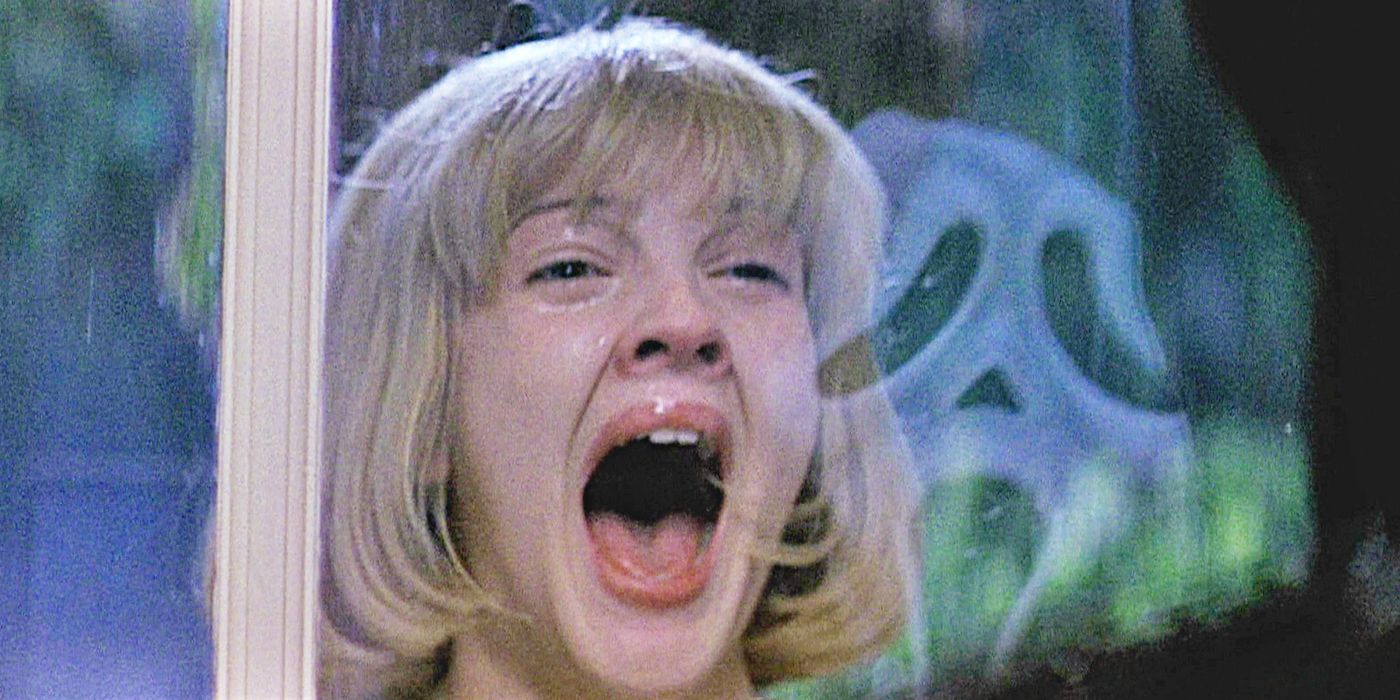
Much of Fear Street Part 1: 1994 could be considered an homage to Wes Craven and Kevin Williamson's own Easter egg-laden Scream movies. After all, one of Fear Street's central menaces is a stab-happy teenager in a black costume and a white mask. Most notably, however, is the opening scene. Like Drew Barrymore in Scream, Maya Hawke is arguably the most recognizable figure among Fear Street's young cast. As such, she is the prime candidate to similarly kill off straight away, continuing the horror trend started by Alfred Hitchcock's own 1960's slasher offering, Psycho.
Hawke's Heather Watkins and Barrymore's Casey Becker share several noteworthy traits including a fondness for horror. Those similarities extend to their respective final moments. Both make a desperate slow-motion run for safety, only for the killer to catch up and deliver the fatal strike. Both manage to pull the masks off their assailant, albeit to different effects. Any potential comparisons are hammered home by the knowingly similar music, crafted by Marco Beltrami, who scored both the Scream movie franchise and the Fear Street movies.
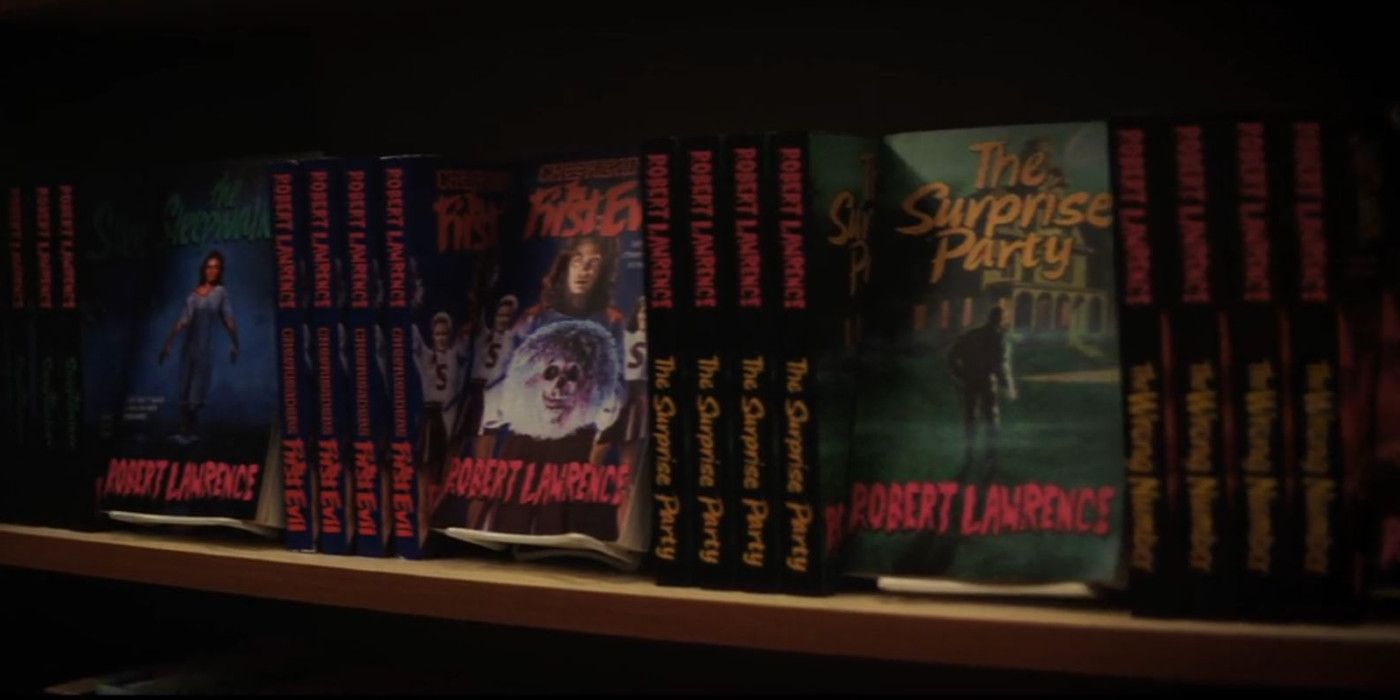
Prior to Heather's tragic demise, she worked in a branch of B. Dalton's in the Shadyside Mall. As the camera briefly scrolls past one of the shelves, several covers can be seen on prominent display, each book by an author named Robert Lawrence. This is actually an allusion to Stine himself, whose famous R.L. initials stand for Robert Lawrence. Furthermore, each of the book titles glimpsed is lifted directly from the Fear Street book saga. That even includes one of Heather's self-proclaimed favorites, The Wrong Number, which was published in 1990.
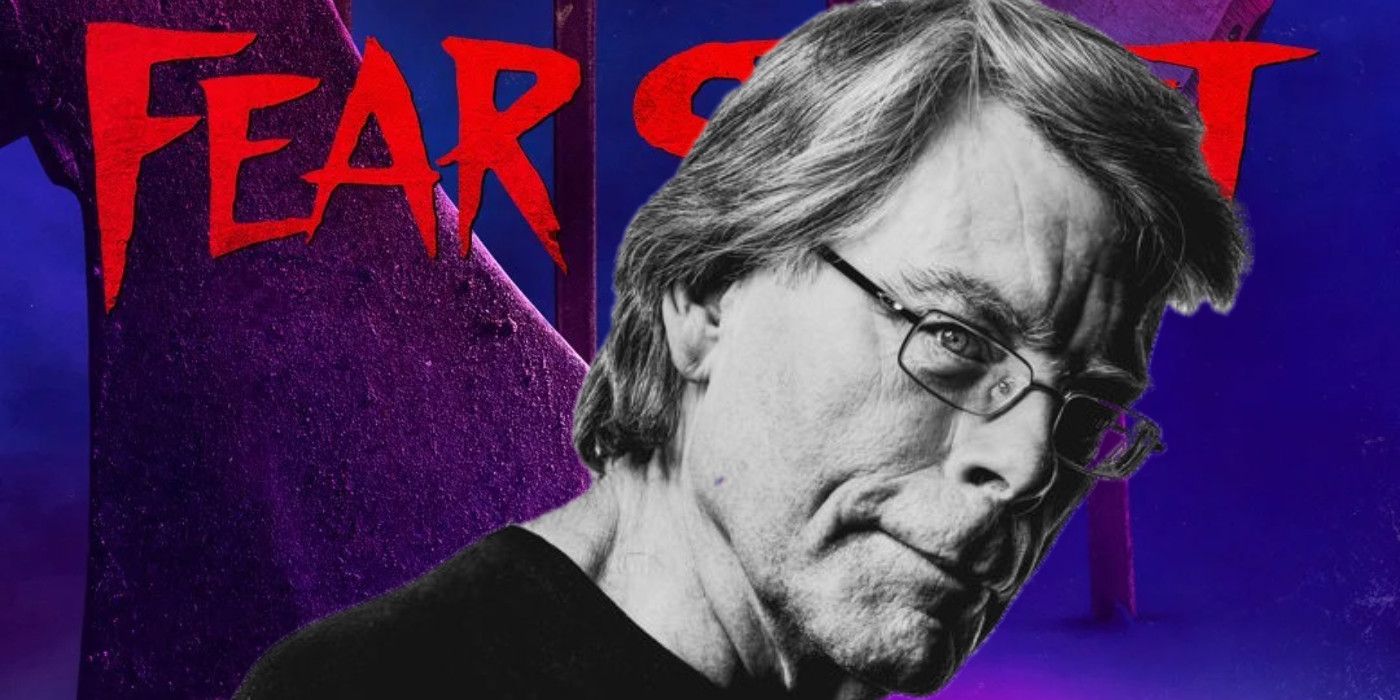
Also on the B. Dalton shelves are a range of books penned by Stephen King. Principal among them is Insomnia, which actually was first published in the year of Fear Street Part 1: 1994's setting. So the Easter egg shrewdly nods to the overall tone of the movie. After all, with them facing off against a centuries-old malevolent force plaguing their town in a variety of guises, the teen heroes of Fear Street share more than a few shades with the Loser's Club from Stephen King's It. Other novels visible on the shelves include the works of Jackie Collins and Dean Koontz, both popular in 1994 and whose novels had romantic and otherwise horror themes, respectively, that are similarly woven into Fear Street Part 1: 1994.
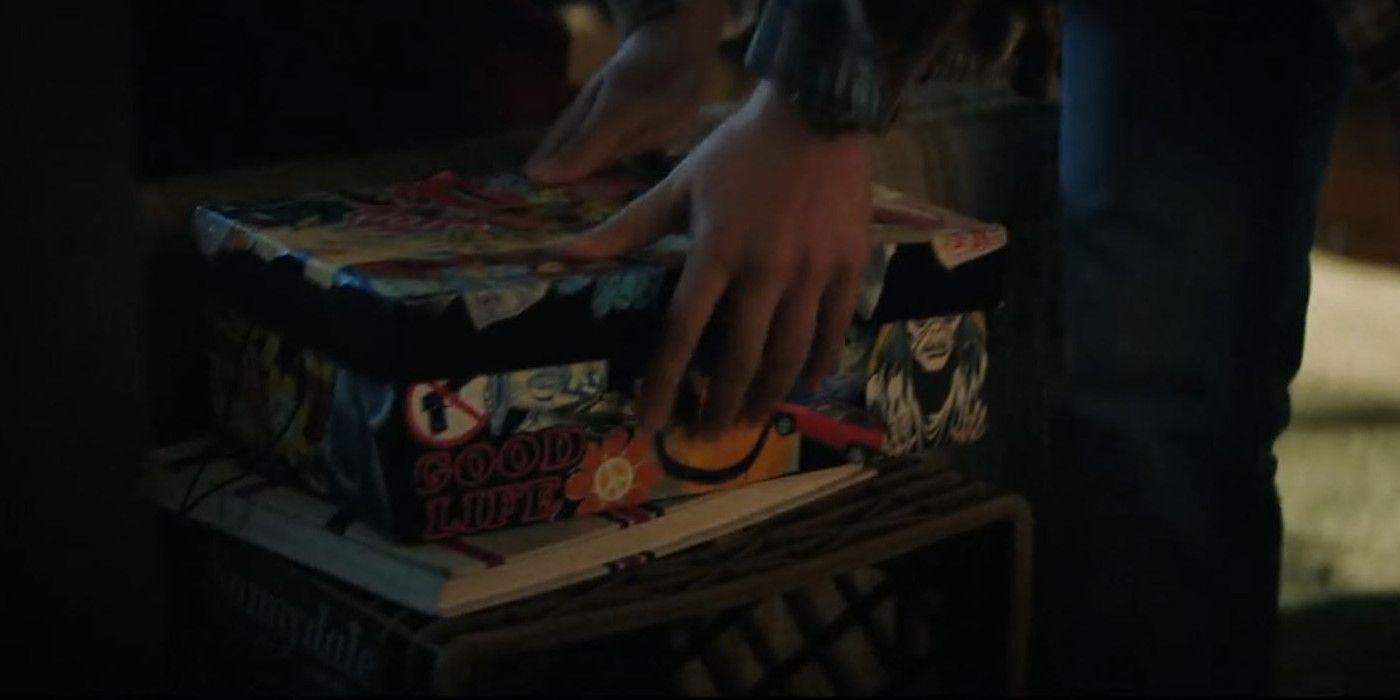
Many have already made comparisons between Fear Street and Stranger Things. Given their equal penchant for otherworldly horror, Spielberg-esque teen characters, and nostalgic references, that's more than understandable. Janiak and the other Fear Street writers clearly expected this and incorporated several knowing nods. The most distinct comes courtesy of Deena's (Kiana Madeira) box of mementos from her relationship with Sam (Olivia Scott Welch). Emblazoned on the side of the box are the words "Good Life," written in a font distinctly similar to that of the Stranger Things logo. Stranger Things co-creator Ross Duffer also receives a special thanks in the credits, being Janiak's husband in real life.

Early in Fear Street Part 1: 1994, Deena and the others are only tormented from a distance by the dreaded Skull Mask. He looms openly beside foliage while staring at his future victims and disappears just as sinisterly upon second glance. Michael Myers of the ongoing Halloween franchise utilized similar methods, especially in the John Carpenter original. As such, the move marked a familiar one for any longtime horror fans.
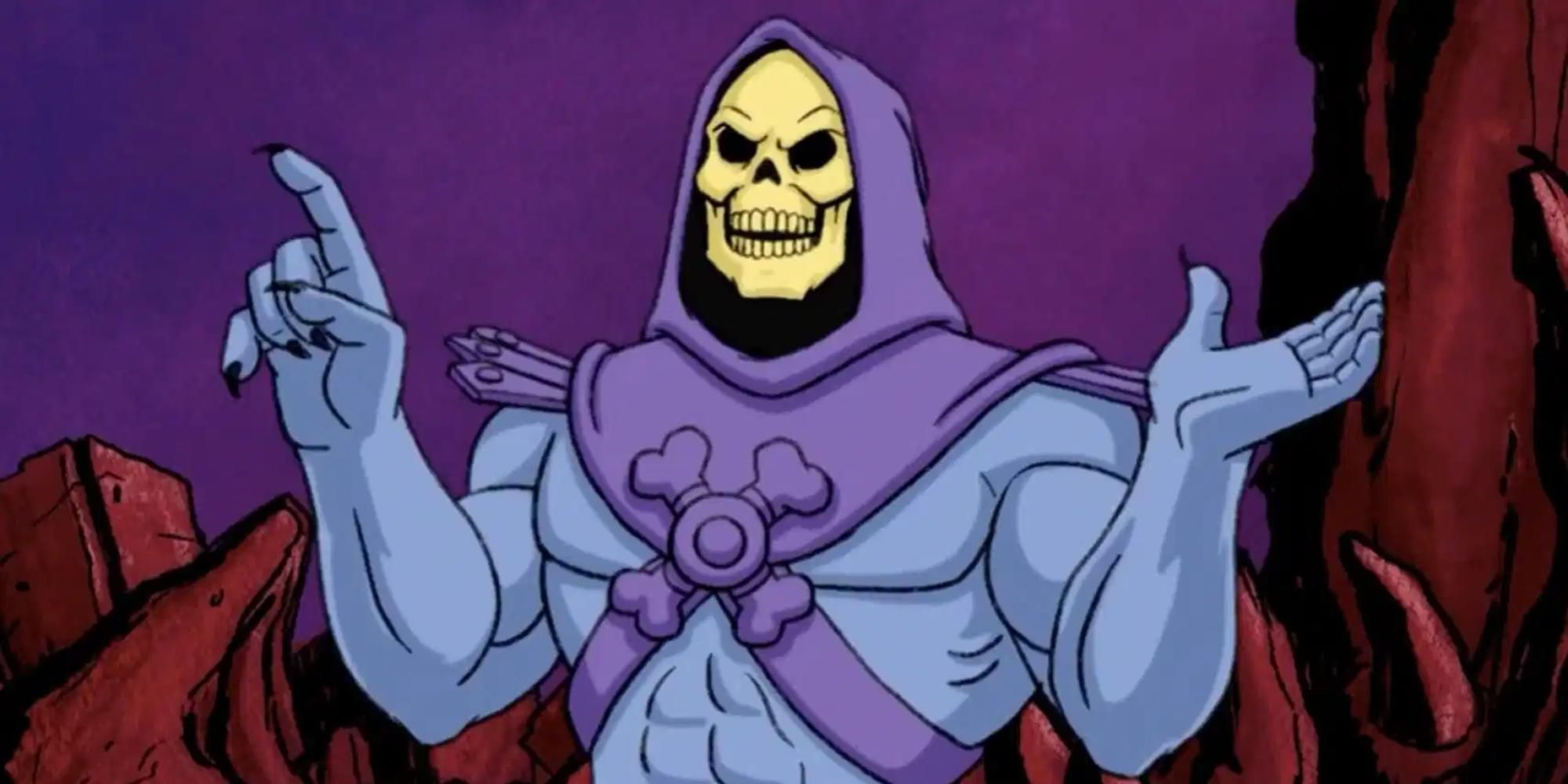
When discussing the Skull Mask killer with the others, Simon (Fred Hechinger) refers to him as Skeletor. The name is, of course, that of the classic Masters of the Universe villain. Originally created by Mattel in 1981, Skeletor has been played and voiced by several actors across the decades. That list includes Luke Skywalker actor Mark Hamill in Kevin Smith and Netflix's upcoming animated revival: Masters of the Universe: Revelation.
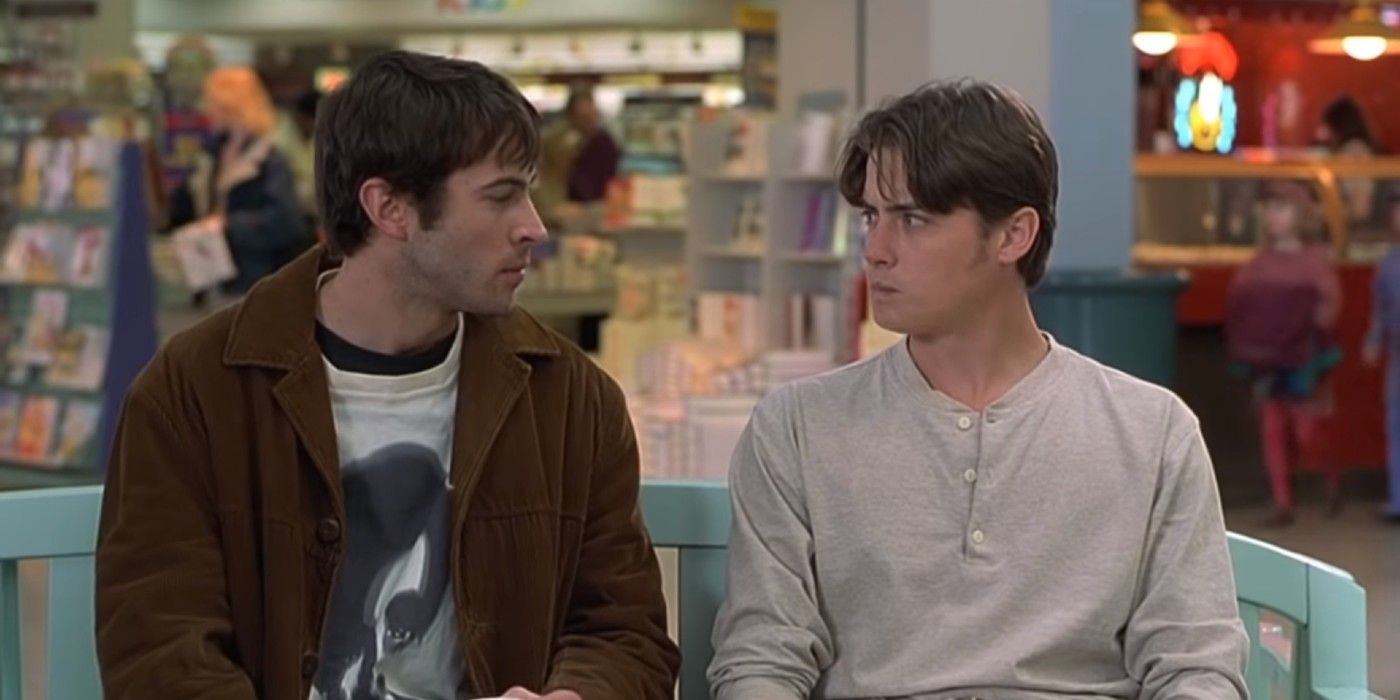
Another Smith reference comes courtesy of Deena calling the Skull Mask killer's initial victims "mallrats." The term has existed for decades in its own right. For many, however, it was popularized by Smith's sophomore movie, Mallrats, which has since achieved cult classic status. Though Mallrats wasn't released it until 1995, both it and Fear Street Part 1: 1994 were heavily defined by the same era. As such, it was a fitting move to nod at that overlap.
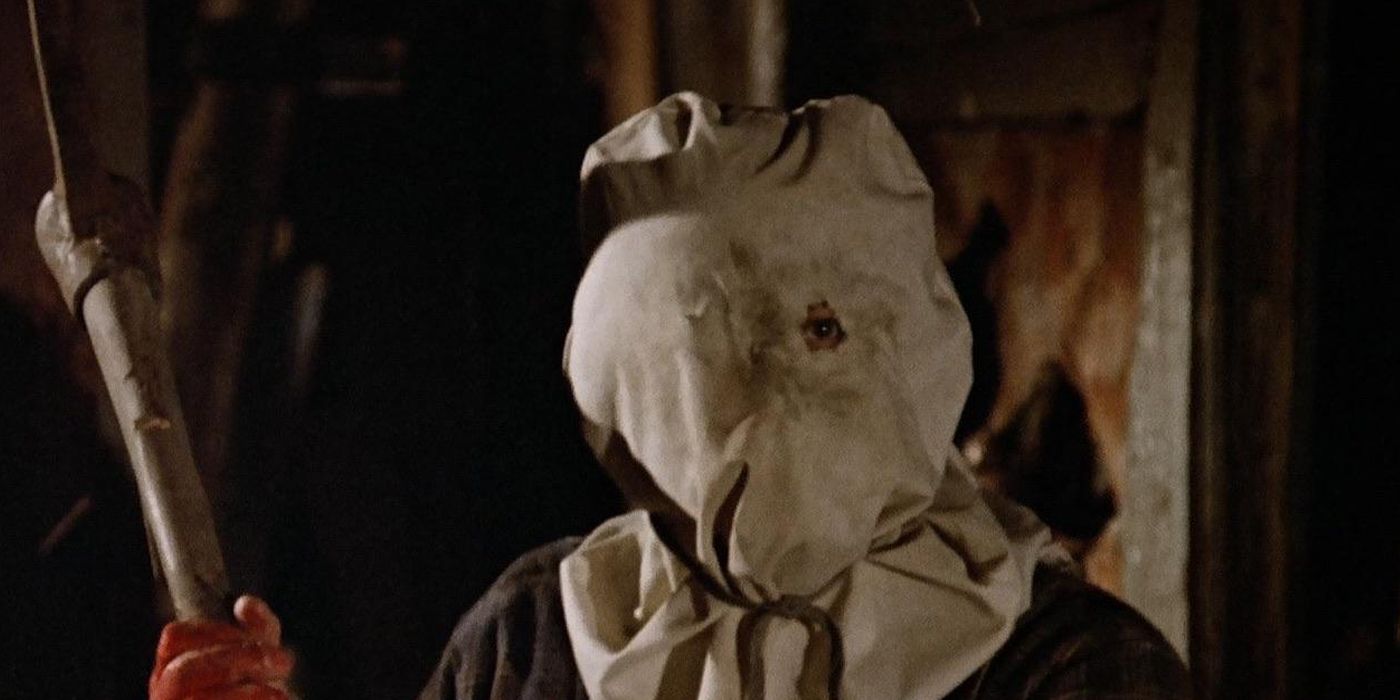
Another murderous menace that emerged in Fear Street Part 1: 1994 was the Nightwing Killer. Wearing a burlap sack over their head and armed with an axe, they bear more than a passing resemblance to Jason Vorhees's original, pre-hockey mask outfit from the Friday the 13th franchise. The similarities are further highlighted by the Nightwing Killer's relentless, silent nature. The opening credits and Josh (Benjamin Flores Jr.) also relay that the Nightwing Killer had acquired their name by butchering a bunch of people at the titular Camp Nightwing in 1978, hammering the reference to Friday the 13th's Jason Vorhees home.
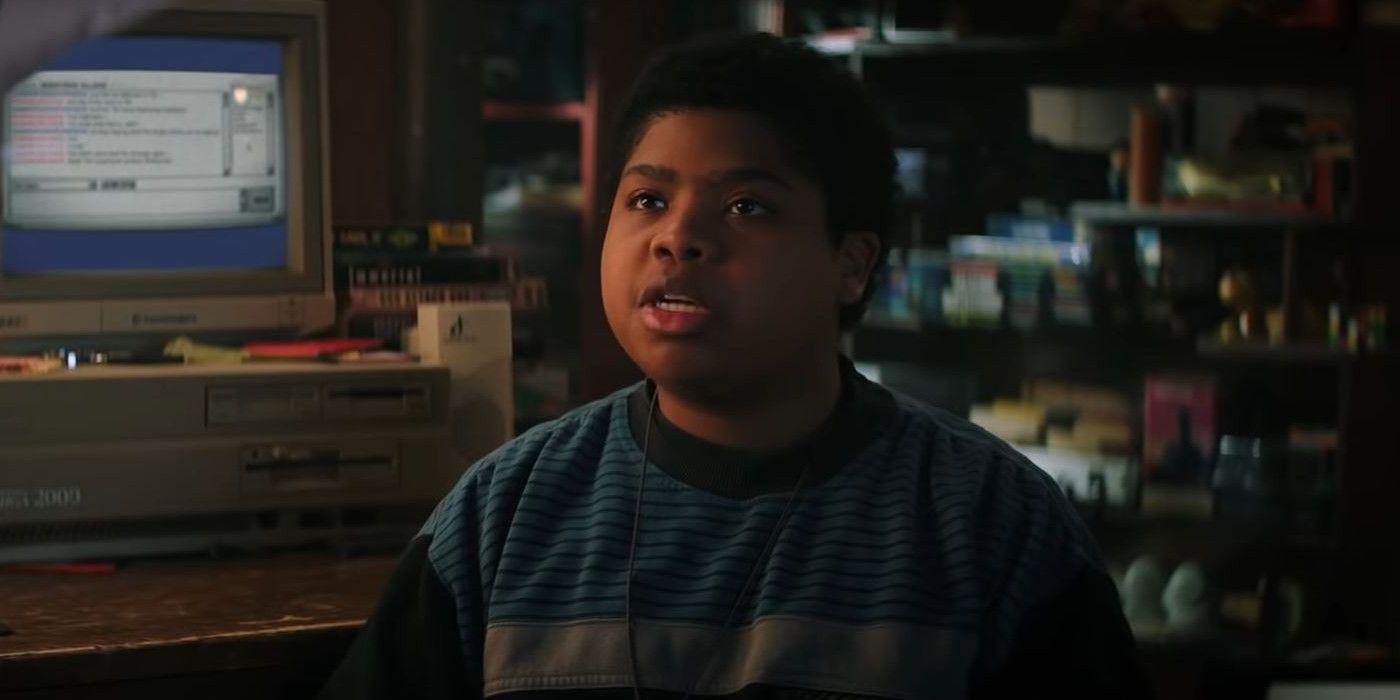
Besides his broad knowledge of serial killers, a defining characteristic of Josh is his reliance on a certain series of words. "Up, up, down, down, left, right, left, right, start," he often mutters under his breath. Josh uses the sequence as a way to imbue courage, especially when interacting with his crush, Kate (Julia Rehwald). Longtime video gamers will no doubt recognize his bracing mantra as the Konami Code. Active on a variety of different games, including the Metal Gear Solid franchise, it allows the user to enable cheats or other effects.
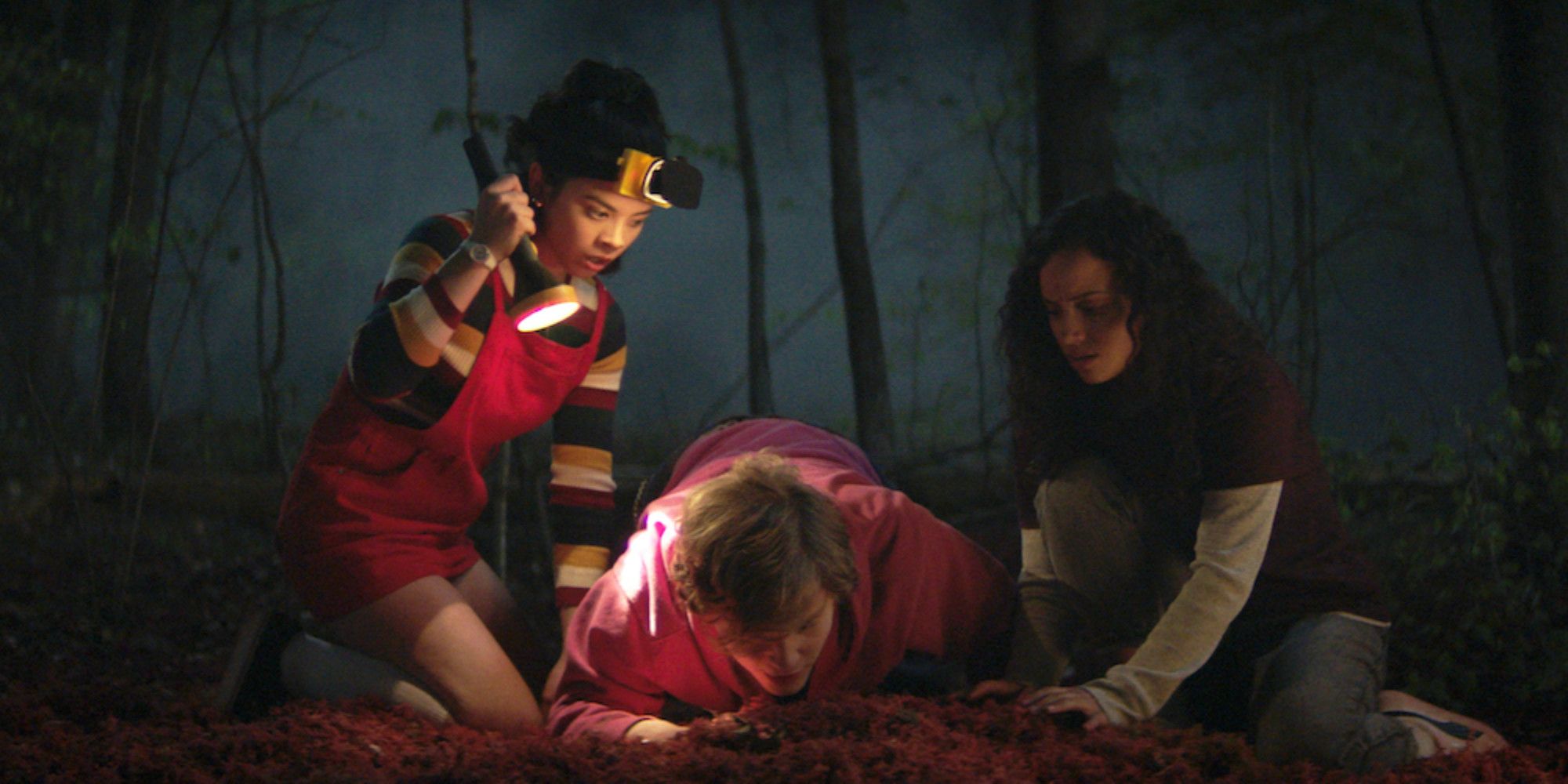
Late in Fear Street Part 1: 1994, the gang theorizes that they are being hunted for disturbing the grave of Sarah Fier (Elizabeth Scopel), a local legend and perceived witch. The situation is directly likened to the events of 1982's Poltergeist. Conceived and co-written by Steven Spielberg and directed by Tobe Hooper, that film sees a family terrorized after moving into a house built atop a set of graves. For their part, the Fear Street gang seeks to rectify their situation by setting the bones back in their proper place, even offering a solemn "sorry" in the process.
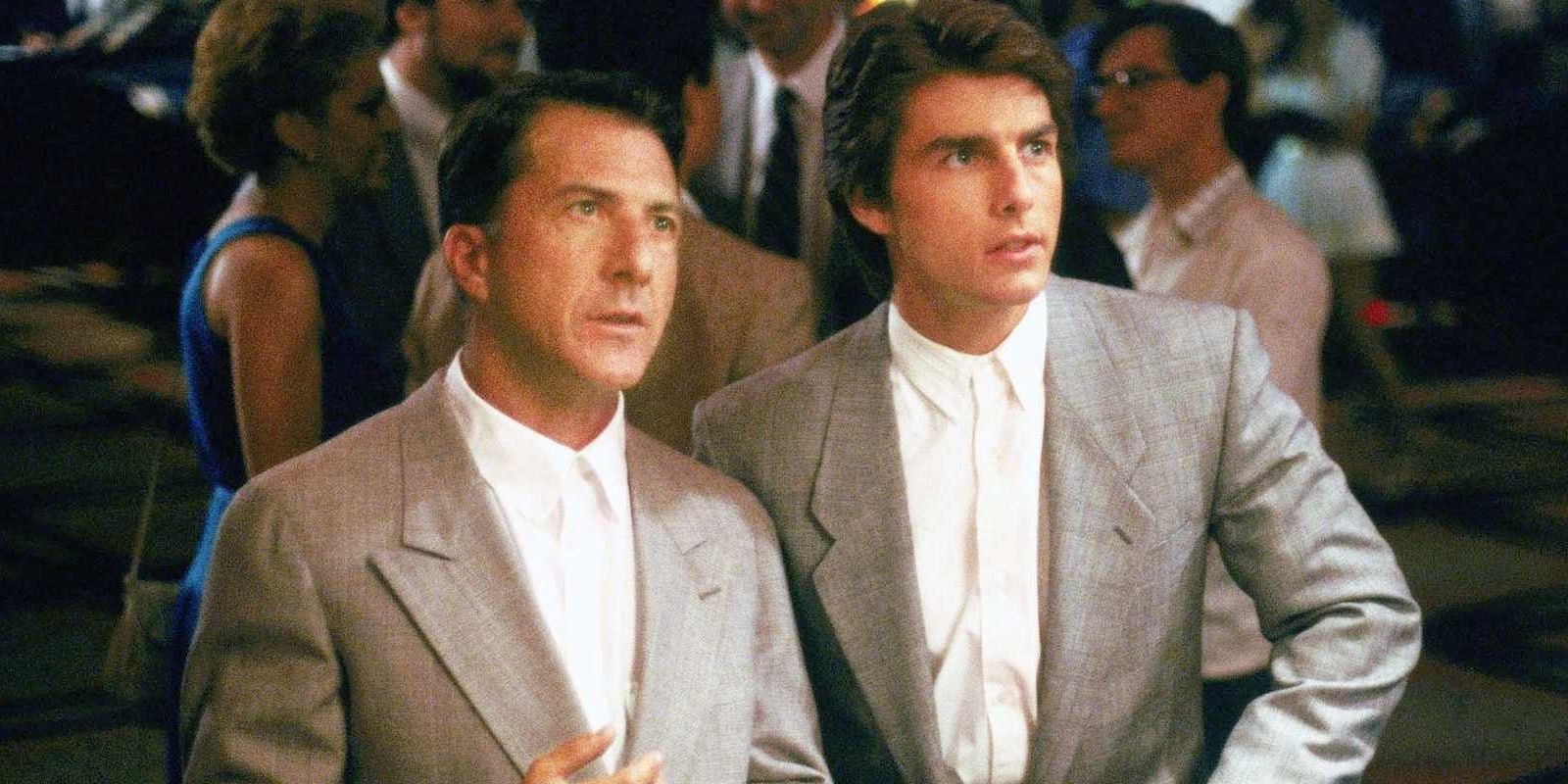
Another of Simon's nicknames pulled from pop culture was aimed at Josh. After narrowly escaping the clutches of the murderous Ruby Lane (Jordyn DiNatale), Simon relays to the group what happened. Before he gets very far into the story, however, Josh interrupts with a series of questions indicating he's already familiar with the ghostly entity. It's at that moment that Simon refers to Josh as "Rain Man" for his eidetic memory for all things creepy. The nod is a direct name-drop of Barry Levinson's titular 1988 movie, Rain Man, which starred Tom Cruise as Charlie Babbitt and Dustin Hoffman as his autistic savant brother, Raymond.
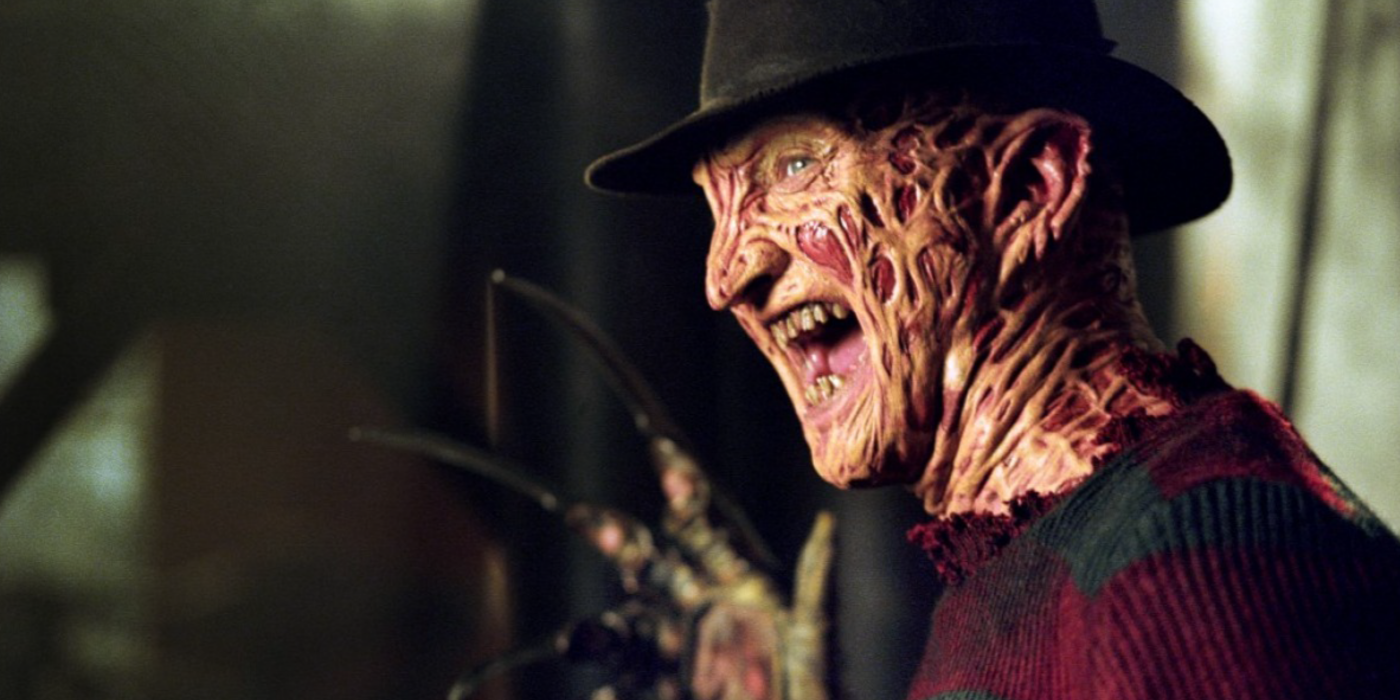
Another iconic slasher that seems to serve as inspiration is the A Nightmare on Elm Street movies. The homage offered by Fear Street Part 1: 1994 comes in the form of a creepy nursery rhyme about Sarah Fier that's known and frequently recited by the residents of Shadyside. Of course, nursery rhymes have existed for centuries and have always been inherently creepy. But they were made a staple of Craven's 1984 movie and forever associated with the horror genre, often sung by neighborhood children about Freddy Krueger or haunting the various characters' dreams. True to the nature of many nursery rhymes being cautionary tales, the rhymes of both Sarah Fier and the monstrous Freddy Krueger (Robert Englund) warn people of the urban legends that turn out to be true.
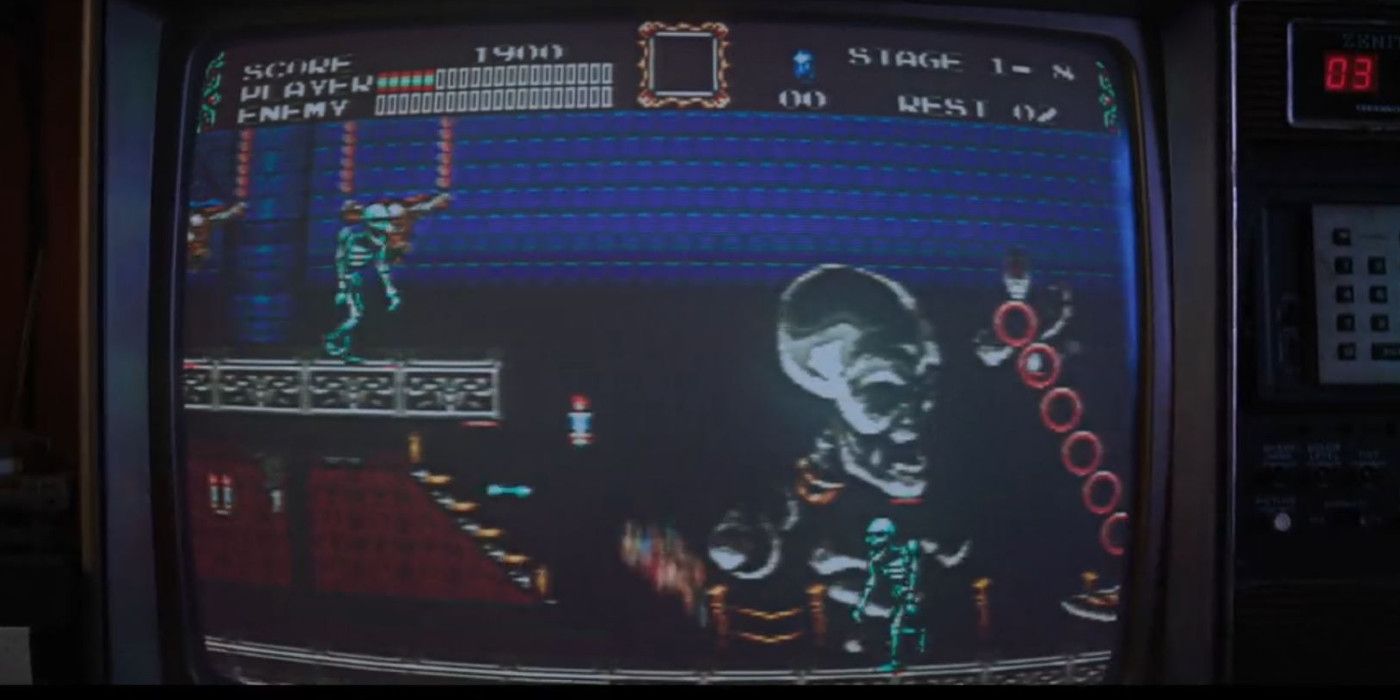
During the events of Fear Street Part 1: 1994, Josh can be briefly seen playing a video game. Filled with skeleton imagery, it serves as a shrewd foreshadowing of the Skull Mask threat yet to emerge. The game in question appears to be Castlevania: Bloodlines, which was released in the same year the movie is set. The Castlevania franchise has since gone on to spawn its own popular Netflix anime series. Equally, it's one such game with the aforementioned Konami Code cheat, hence why it's stuck in Josh's head from that point on.
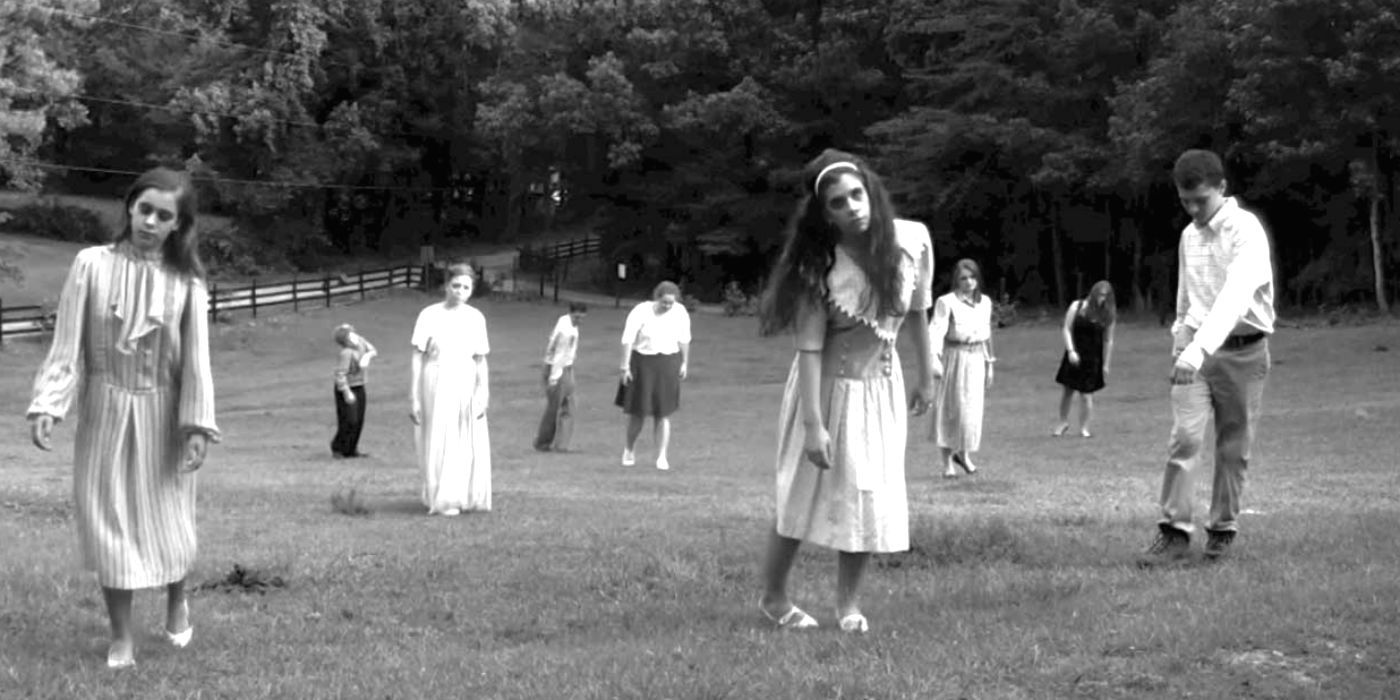
George Romero's collection of zombie movies received not one but two direct name-drops in Fear Street Part 1: 1994. They come in quick succession courtesy of Shadyside's skeptical Sheriff Nick Goode (Ashley Zukerman). The moment comes when Deena tries to explain to him that the Skull Mask killer hunting them is the deceased Ryan Torres (David W. Thompson). Despite initially seeming to go along with it, the sheriff reveals he's merely pranking them. He pokes fun at their wild story when asking whether the undead they're dealing with is a Night of the Living Dead situation or something more akin to Dawn of the Dead.
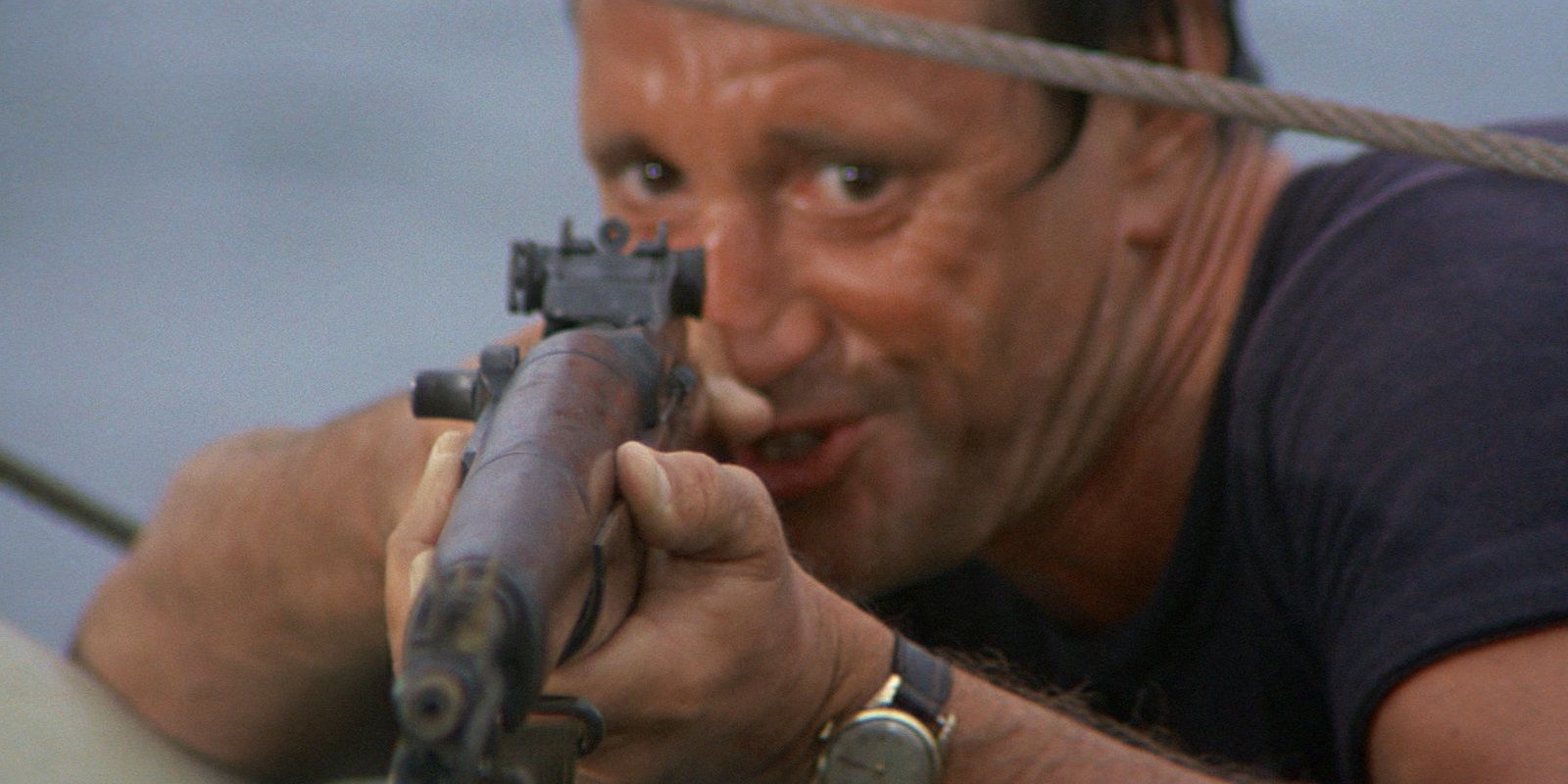
Fear Street Part 1: 1994's reference to Spielberg's 1975 classic movie, Jaws, actually comes with enough of a beginning, middle, and end to emphasize the quality of the film's plotting. After briefly watching a documentary on sharks earlier in the film, Simon later likens their situation to Jaws due to the revelation that the various killers are tracking them by sniffing out Sam's blood. Apparently, the killers had gotten a taste for it and were not going to stop in pursuit of more. The thrilling conclusion to the references comes after the group formulates a plot to trap and blow up their pursuers. As they put the plan in motion, Simon gleefully yells, "Smile, you son of a bitch!" echoing the moment that Brody (Roy Scheider) killed the infamous shark in a similar fashion during Jaws' climactic moments.
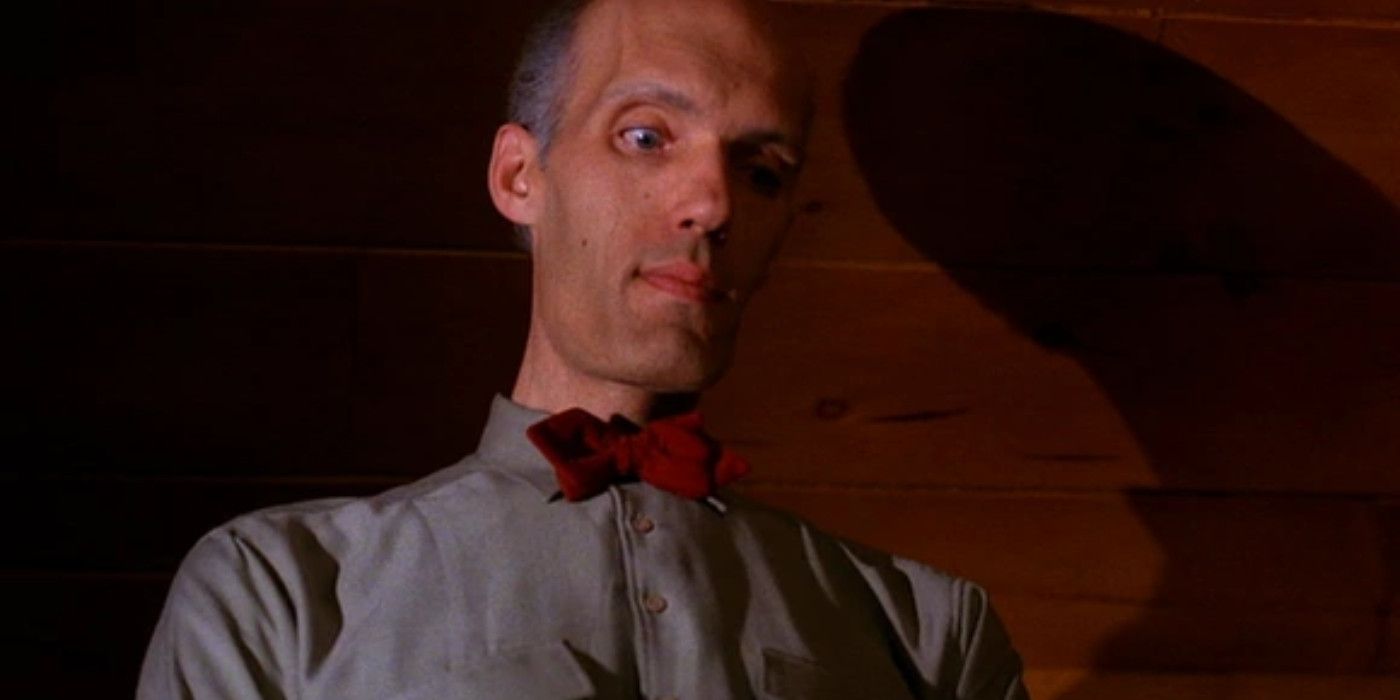
Fear Street Part 1: 1994 also borrows a phrase from the original run of David Lynch's surreal series: Twin Peaks. When he finally begins to believe the teenagers' claims of what's actually transpiring in Shadyside, Sheriff Nick Goode visits a mysterious house and slides a note through the letterbox. It merely reads: "It's happening again." The words perfectly mirror those of The Giant (Carel Struycken) from Twin Peaks. Of course, that's a common enough sentence and thus might merely be a coincidence. Given the attention to detail granted the film by Janiak and the others, however, that seems unlikely especially since, in both instances, the now-iconic words are used to alert someone that a supernaturally-empowered killer had returned to strike again.
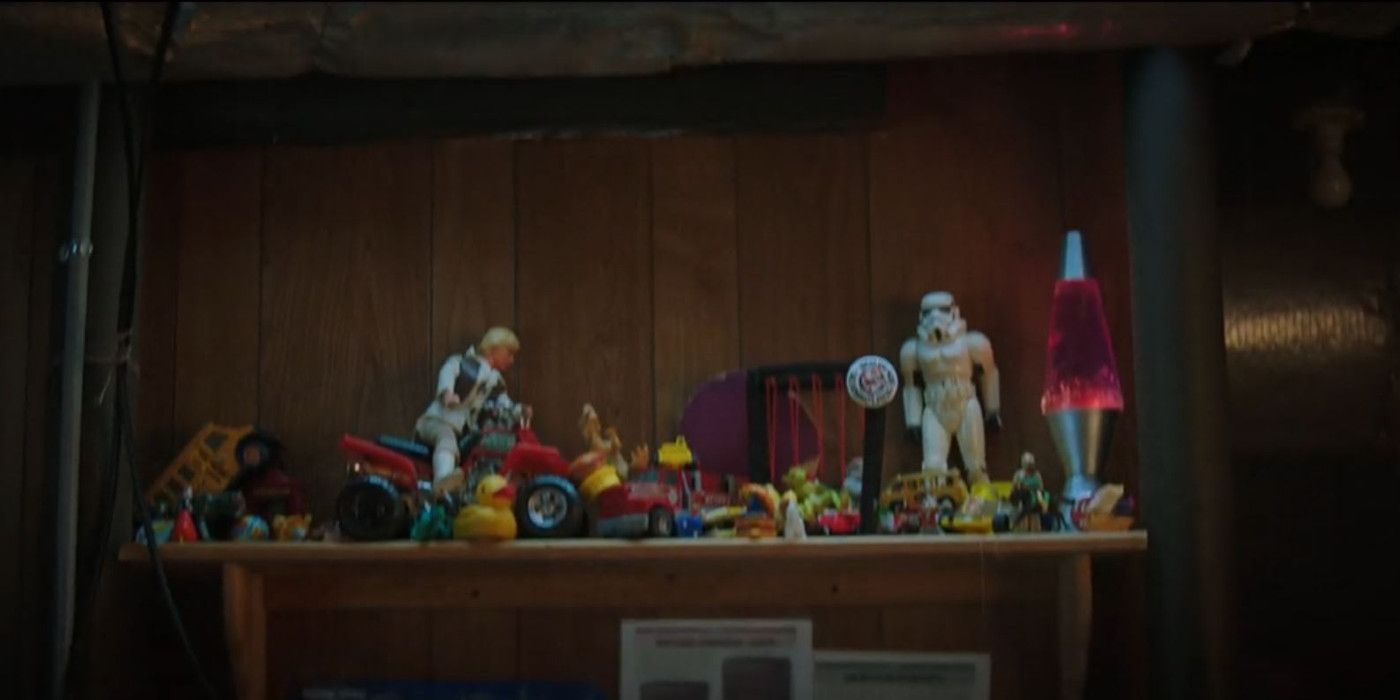
The references and Easter eggs continue right into the closing moments. As a shocking twist unfurls upstairs between Sam and Deena, Josh returns to the sanctuary of his basement den. In the process, the action shifts between the respective characters. As the camera pans, an array of toys and action figures can be seen on Josh's shelf. Among them is a stormtrooper action figure from the Star Wars franchise. It is very much a blink-and-you'll-miss-it inclusion. Regardless, it emphasized the frequent rewatch potential of Fear Street Part 1: 1994 and why it's already considered one of Netflix's best new movies and TV shows this July. Equally, it'll no doubt leave viewers eager for the remaining two installments and whatever references and Easter eggs they, too, have to offer.
source https://screenrant.com/fear-street-1994-movie-easter-eggs-references/

0 comments: